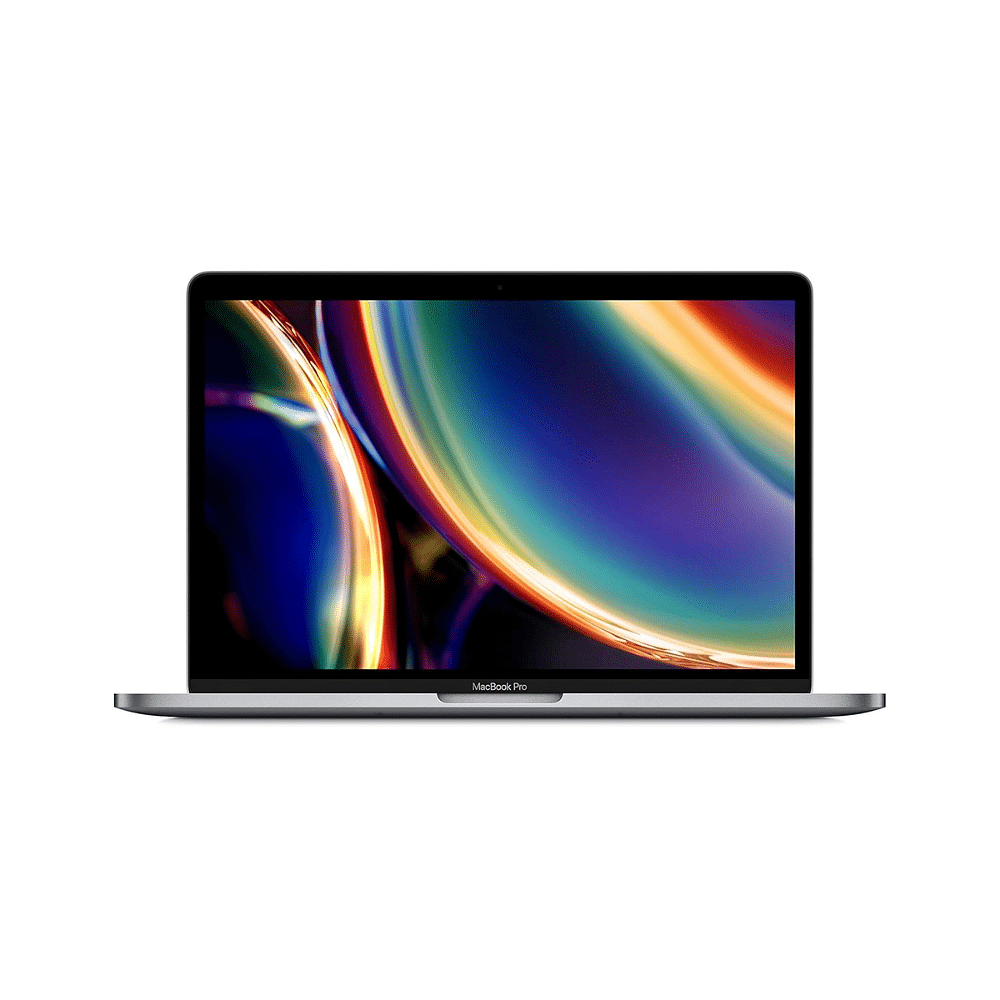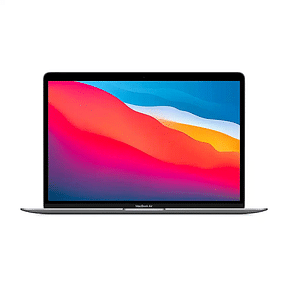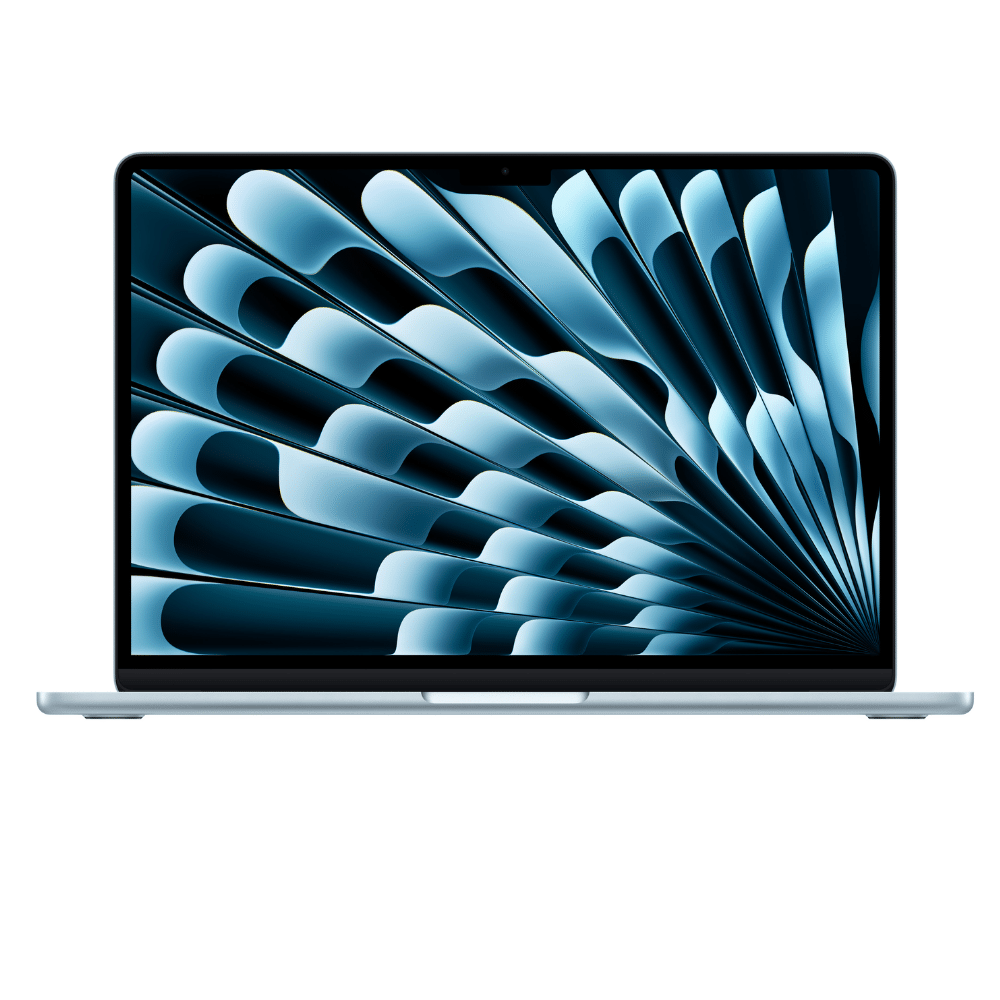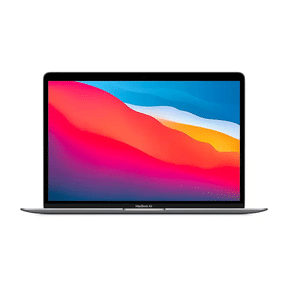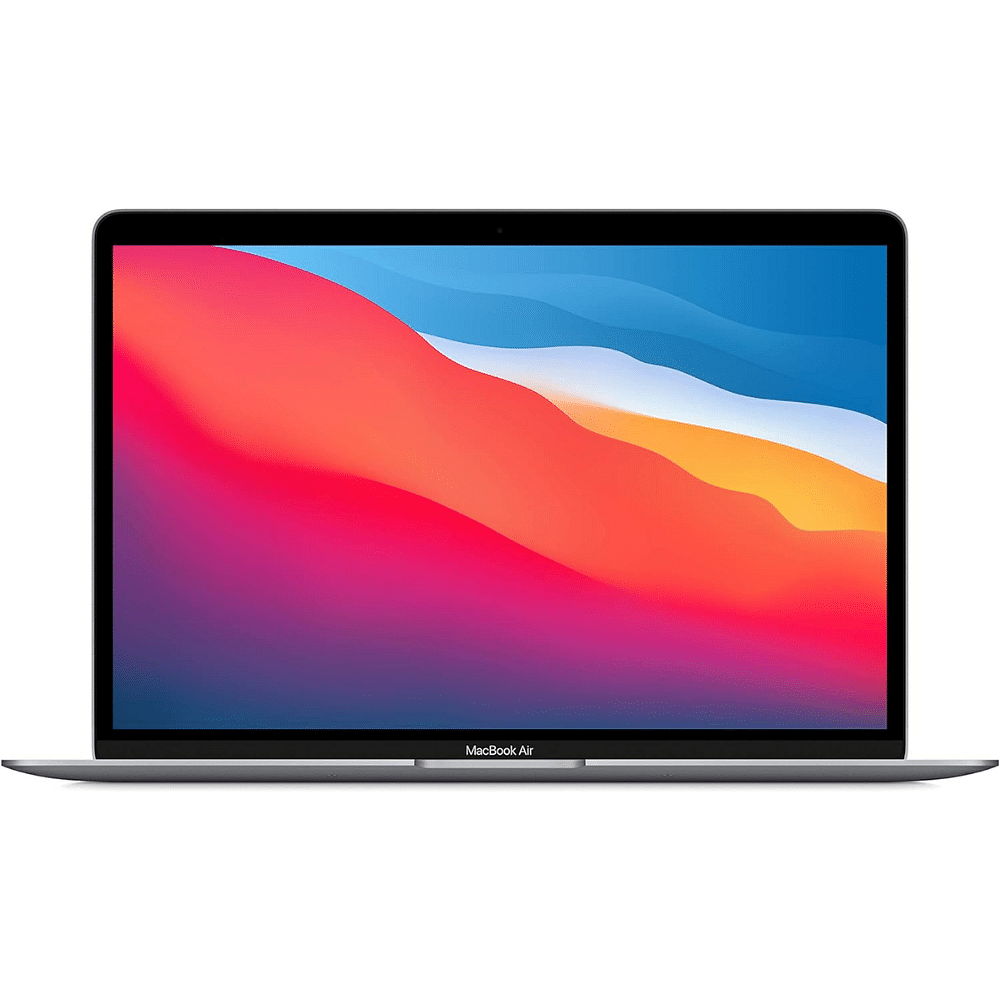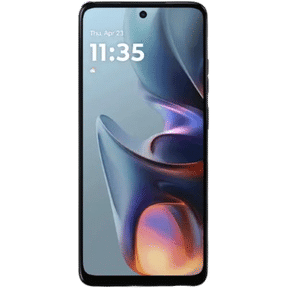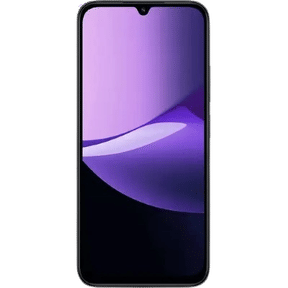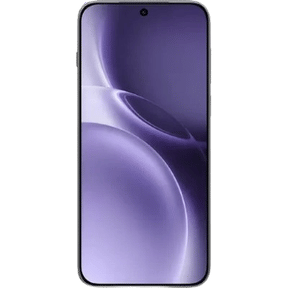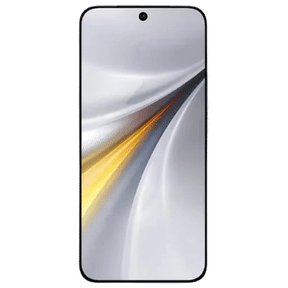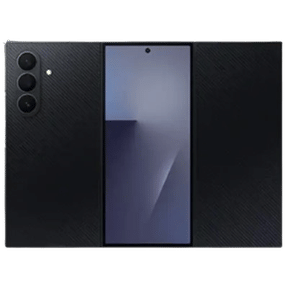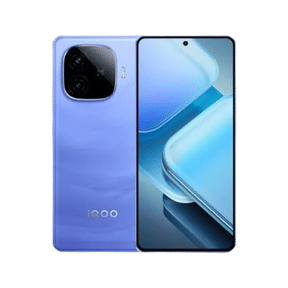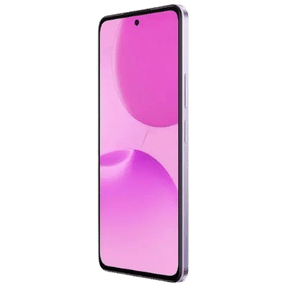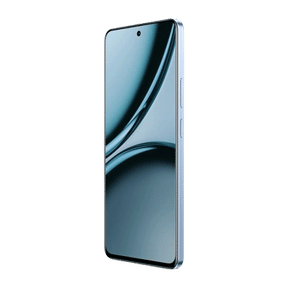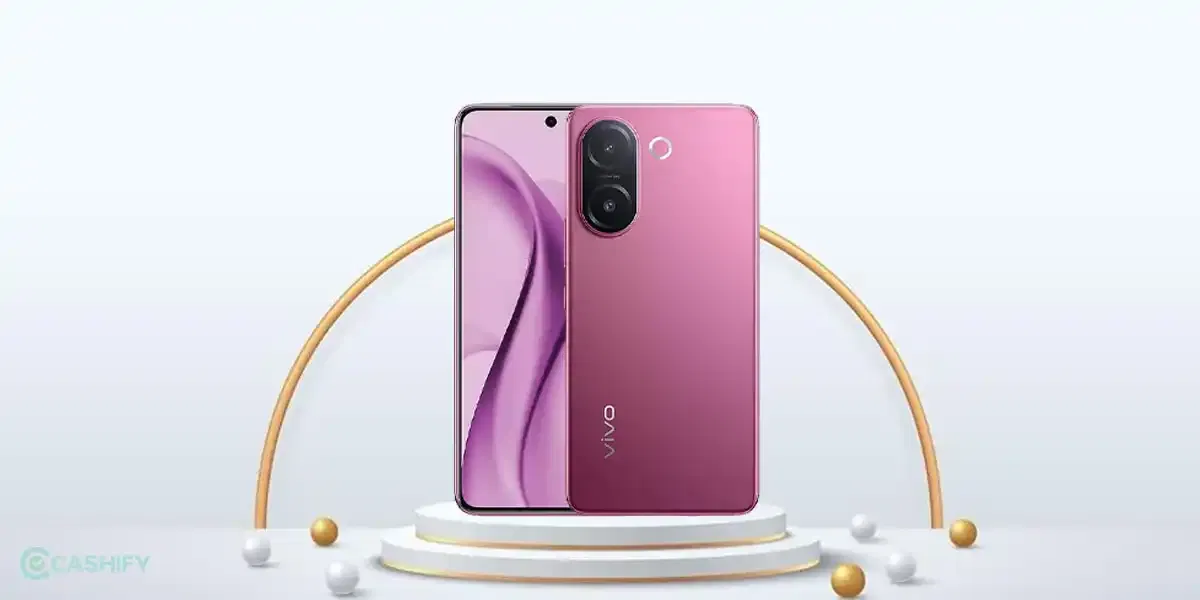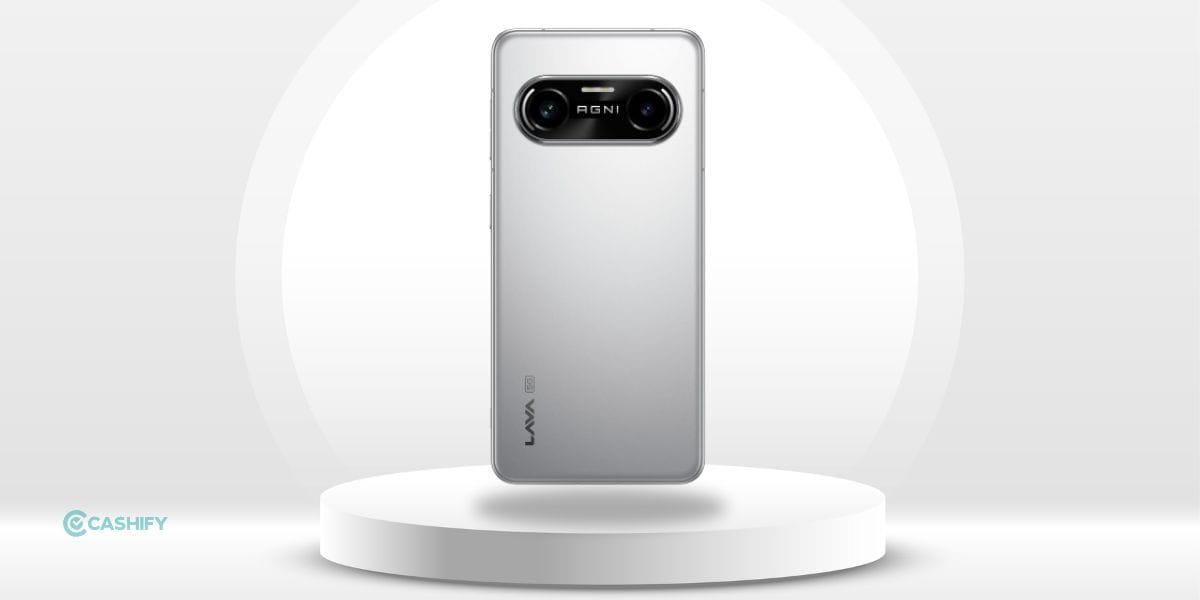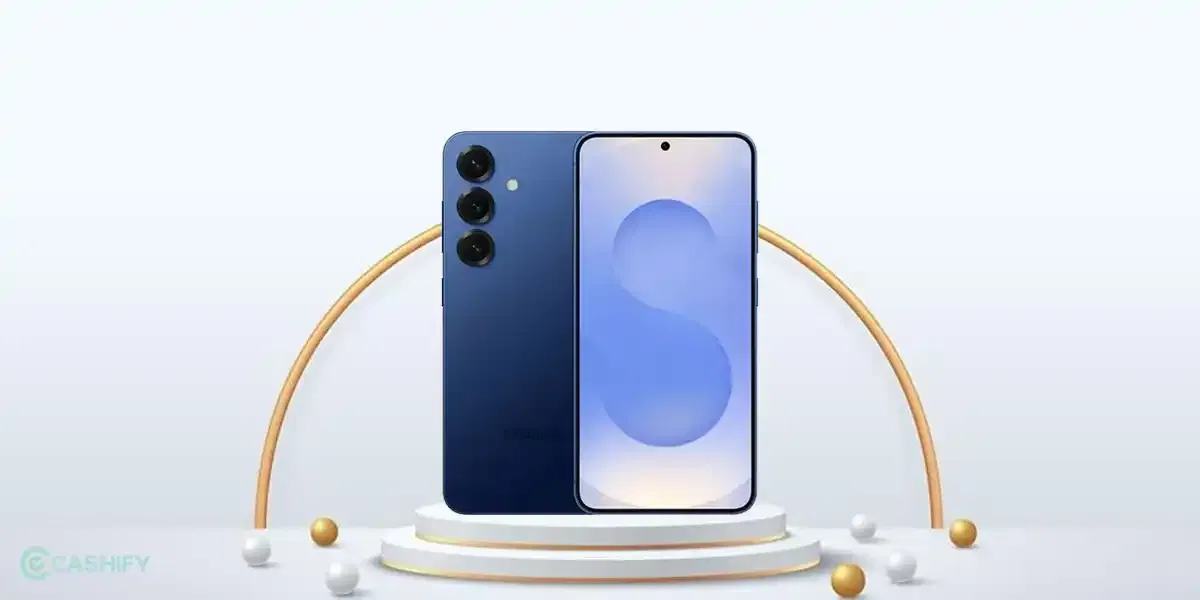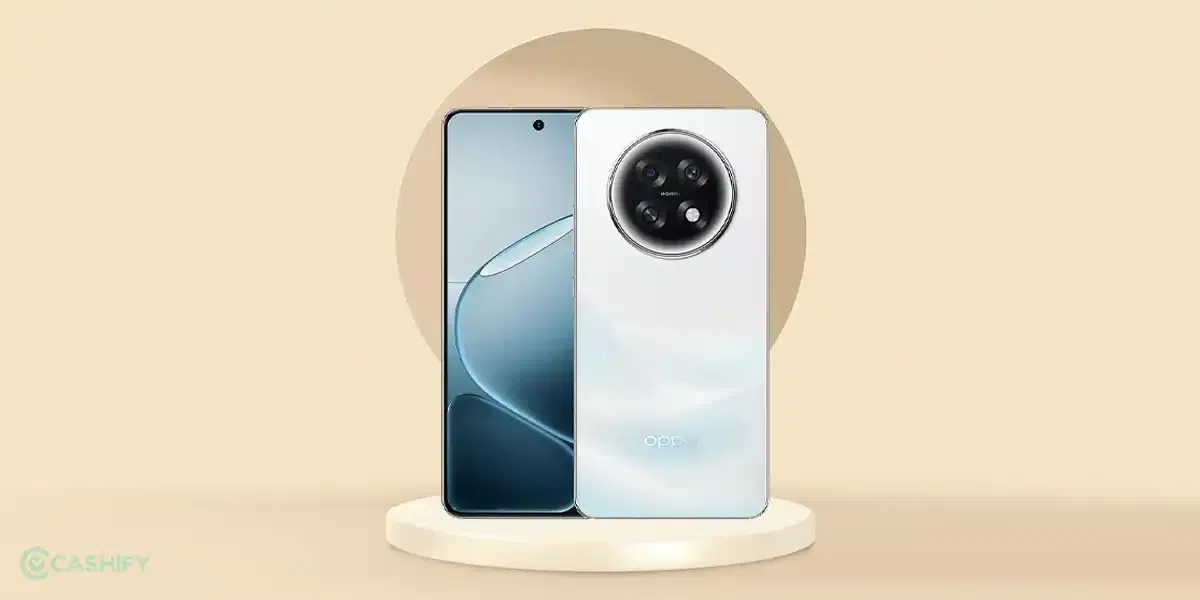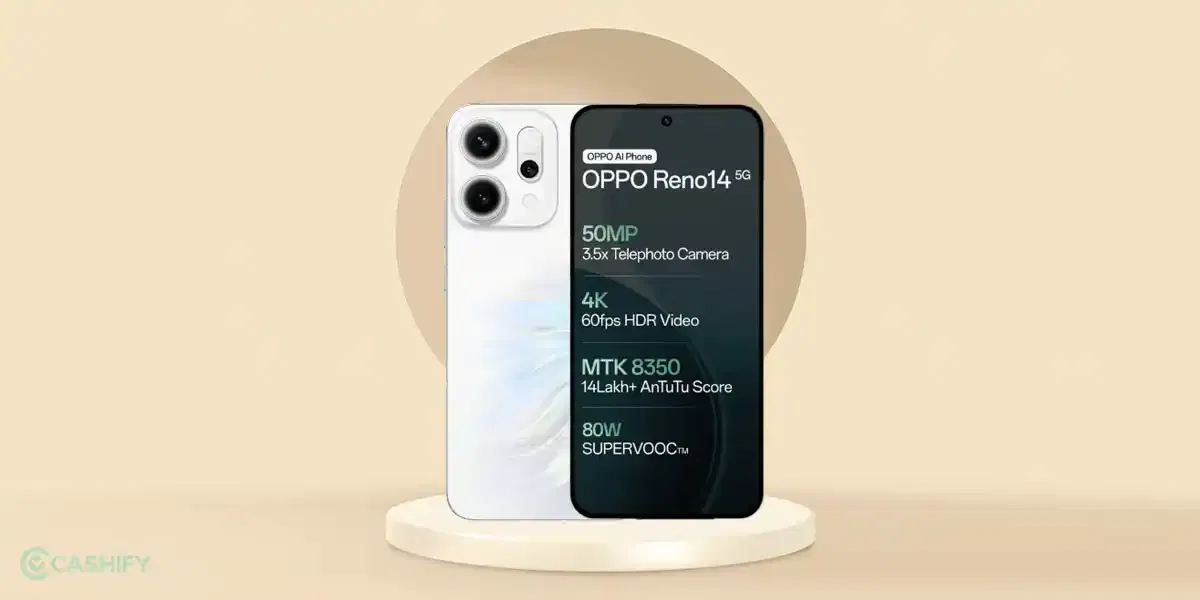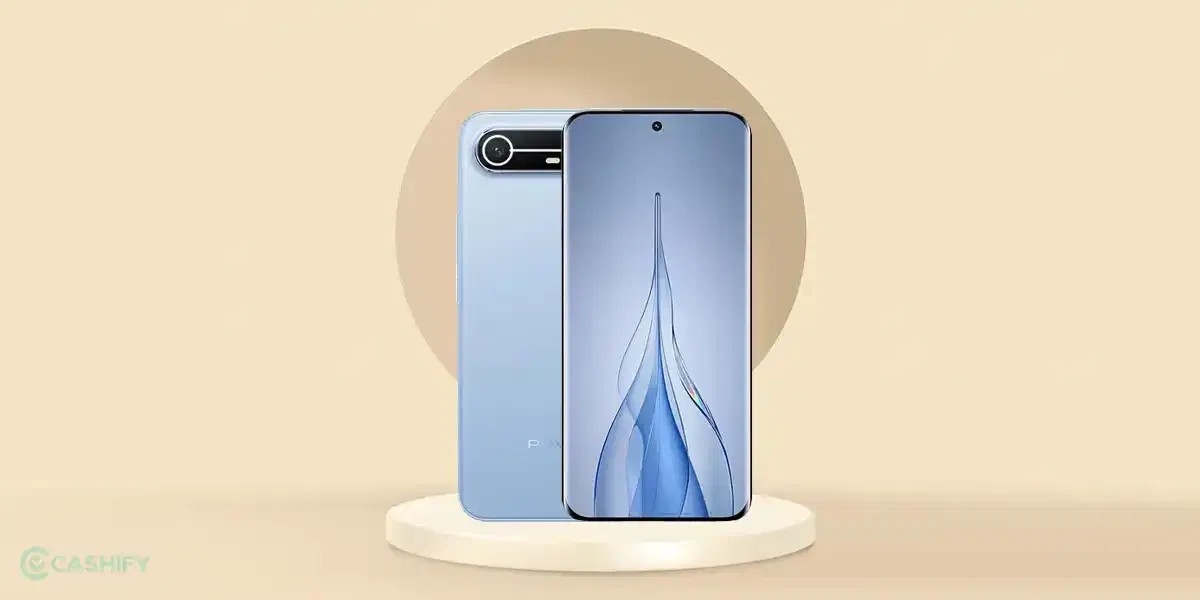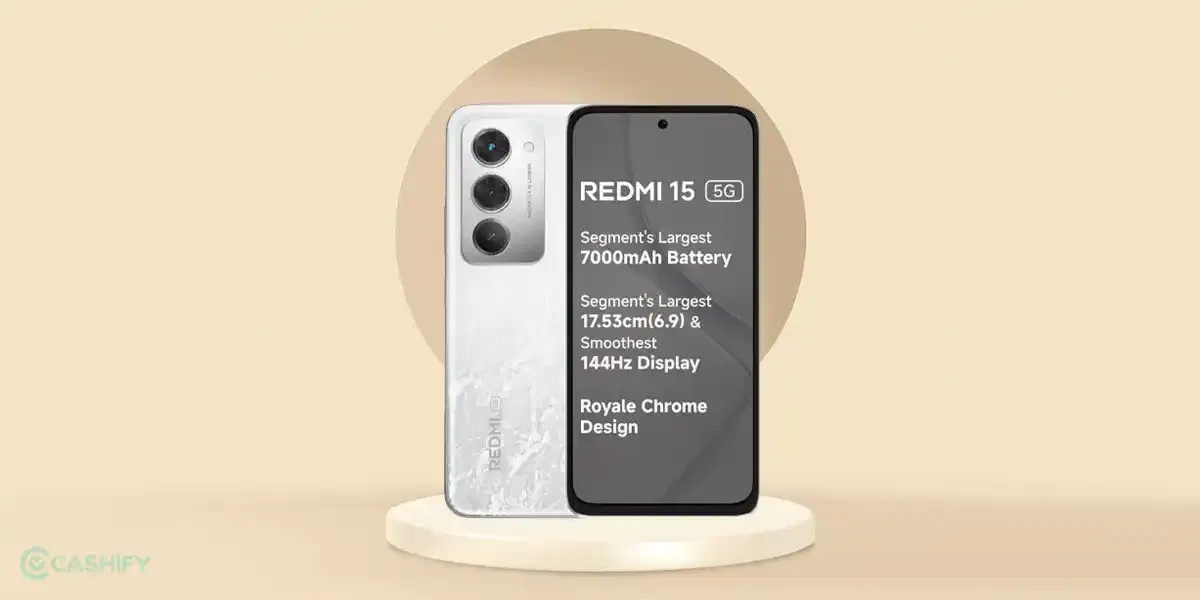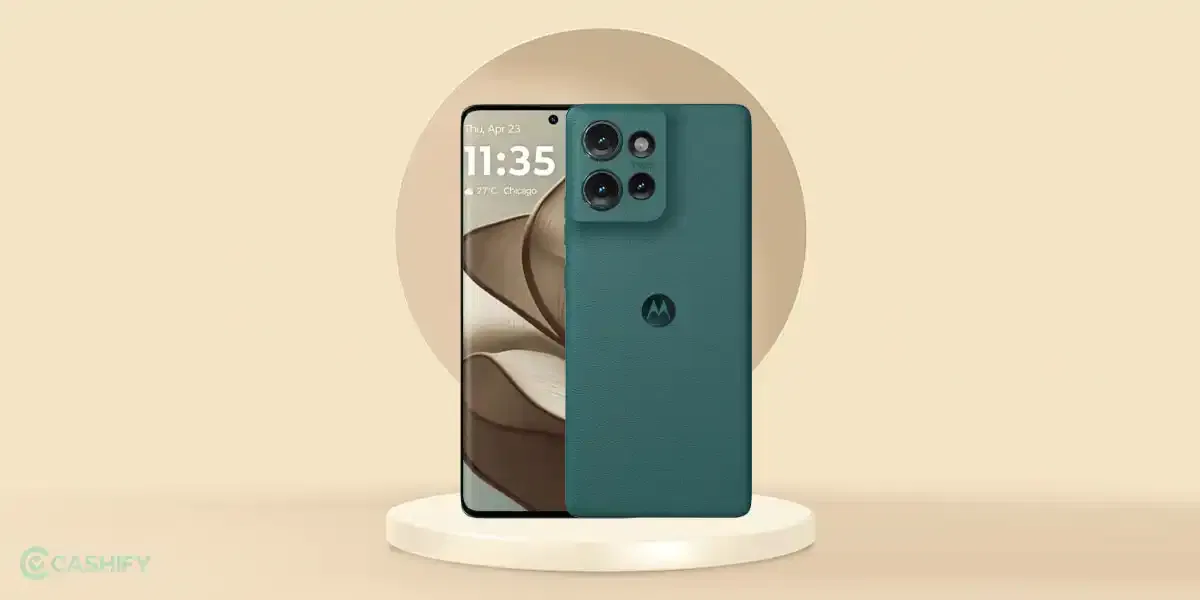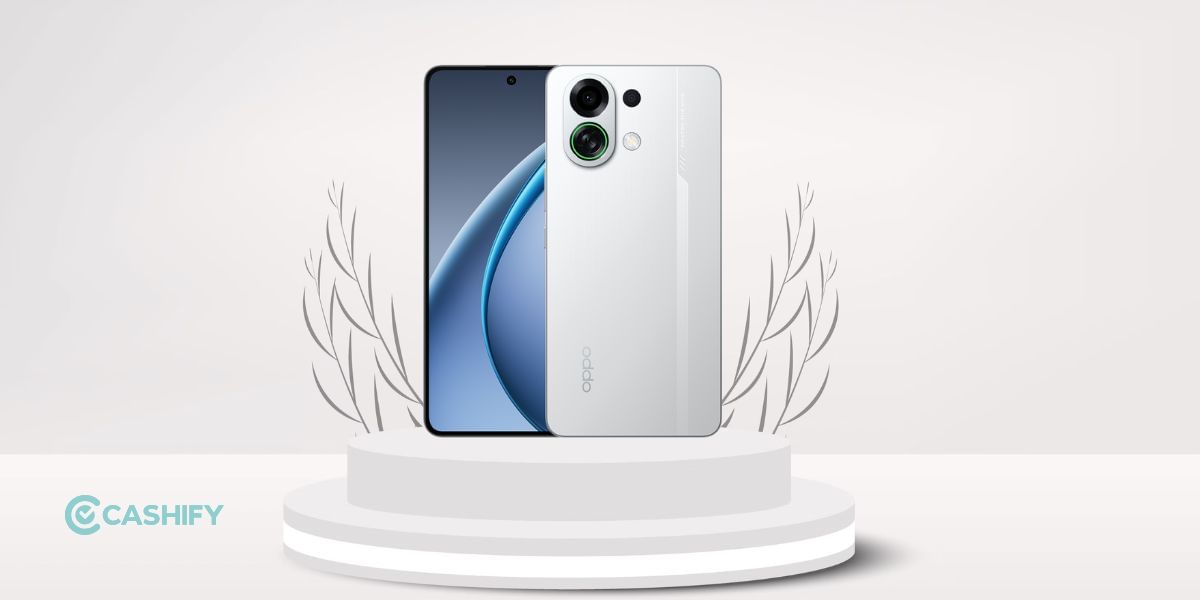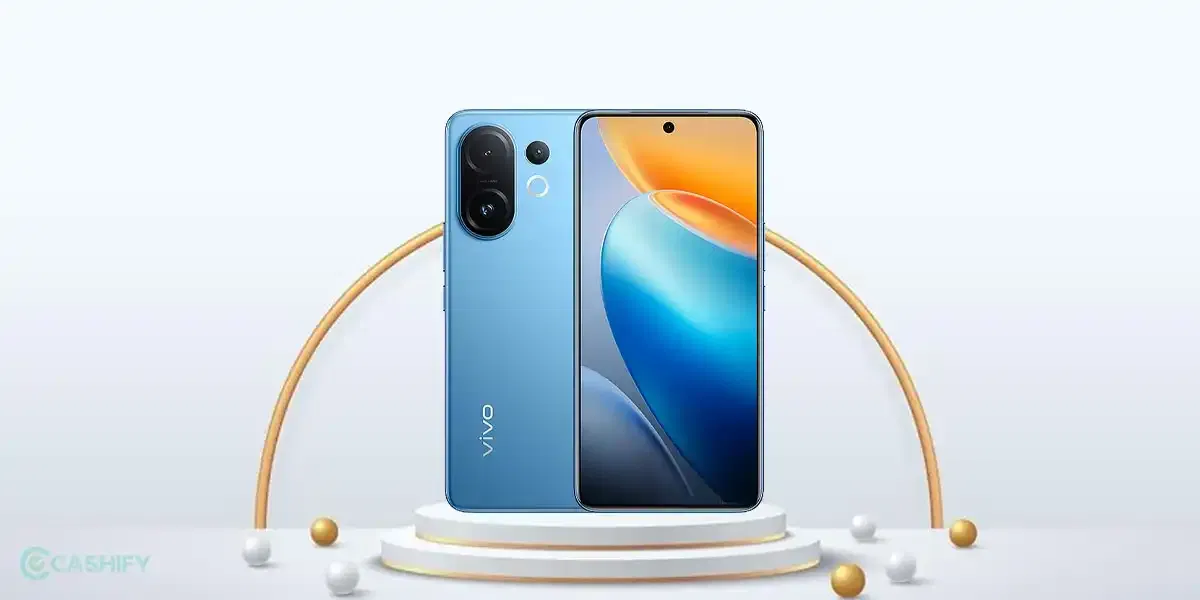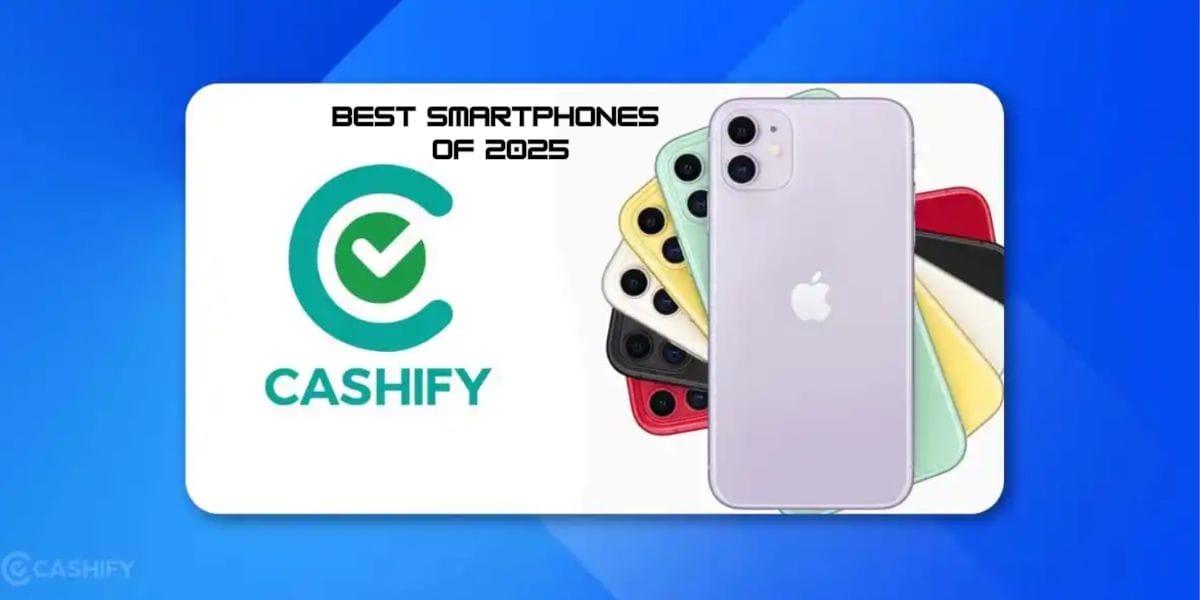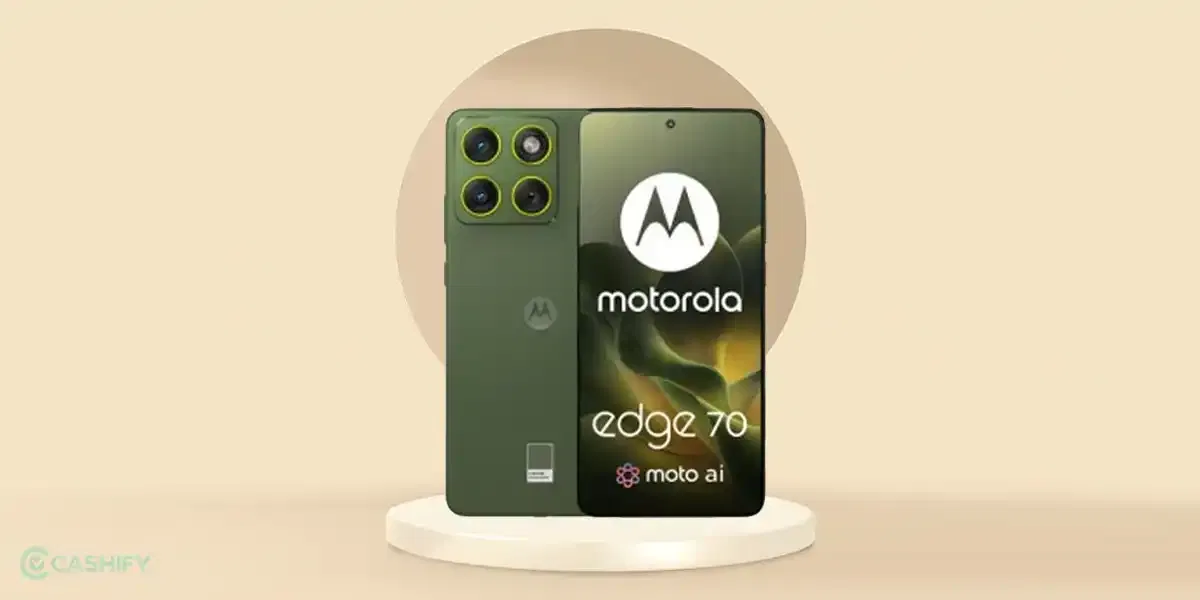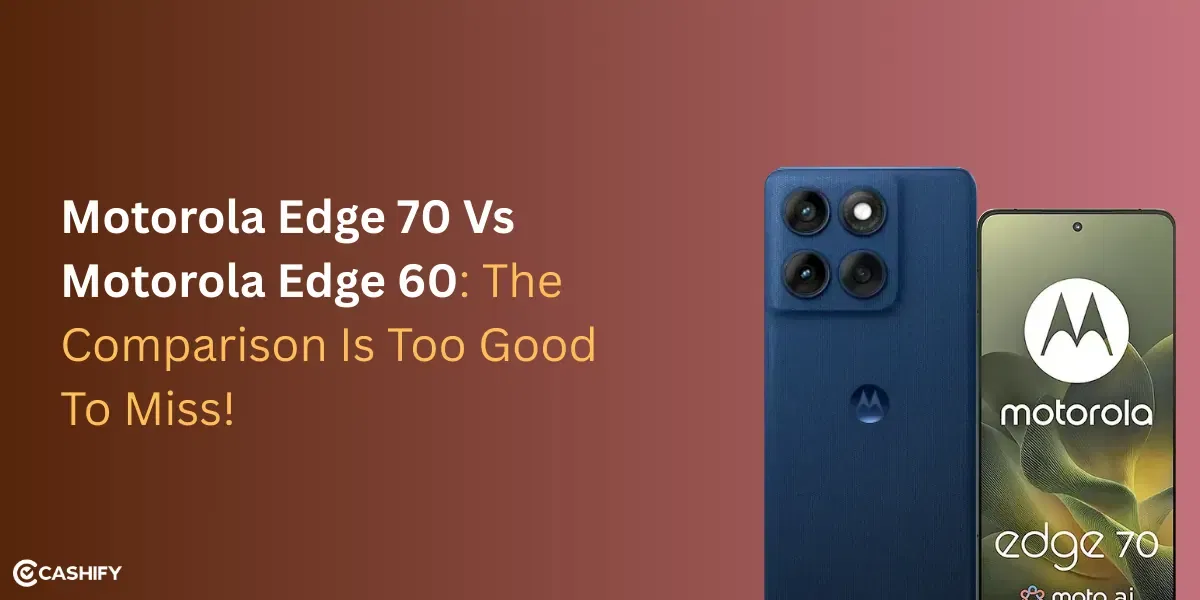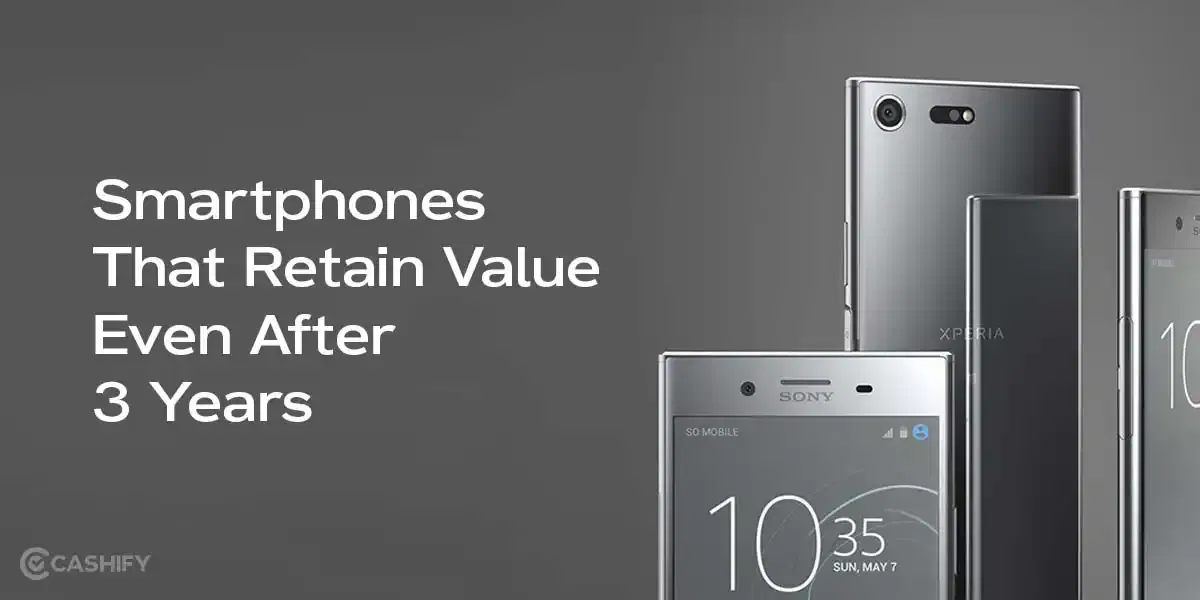
Score
Huawei Mate 10 Pro
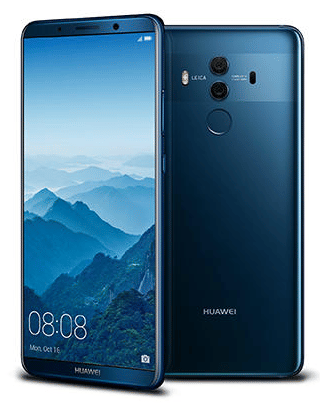
The Mate 10 Pro is Huawei’s first real stab at a premium smartphone offering. Priced at Rs. 59,990, the phone is clearly marketed towards more discerning consumers willing to spend a good dime for a phone which is packed with flagship-grade specs and all the other bells and whistles expected from offerings by Samsung, HTC, LG, and Google.
At first glance, the Mate 10 Pro definitely at least feels at par with the competition it is going up against. It ticks most of the boxes in terms of the design and build quality expected from a flagship in 2017, sporting a slim industrial design with precision buttons, metal rails, and a glass back. It also has all the other staple premium necessities covered: a 6-inch AMOLED display flanked by low profile bezels, fingerprint reader, dual cameras, and IP67-rated water resistance.
However, in stepping up to the premium category, Huawei has also adopted some of the more controversial flagship trends with the Mate 10 which might risk turning off their usually more value-oriented customers. This includes the lack of any expandable storage and more importantly the painfully absent headphone jack which is becoming increasingly common in the segment.
The Huawei Mate 10 Pro comes in three variants: Midnight Blue, Titanium Grey, and Mocha Brown.
About the Product Overview
The Mate 10 Pro is a strange sell. While on paper it possesses all the essentials expected from a 2017 flagship, it clearly lacks the pedigree of similarly priced offerings, such as the Galaxy S9, LG V30, and Google’s Pixel line of phones have. On the hardware front, its fast octa-core processor, paired up with 6GB of RAM and 64GB of onboard storage can go toe-to-toe with its competitors, but the same necessarily cannot be said about the phone’s software experience which is clearly a more sophomore effort, and risks disappointing consumers already used to much more refined offerings in the segment.
If you are someone who prefers a closer to stock Android experience, you might want to steer clear of Huawei’s heavily modified EMUI skin. Similarly, the Leica branded dual camera setup is a key value proposition of the phone, but the image processing under-the-hood still lacks the refinement provided by more established players.
On the other hand, the vibrant 1080×2160, 402 PPI panel produces sharp images, deep blacks, and clearly manages to hold its own versus the competition, while its humongous 4000 mAH battery easily provides day-long usage even for the demanding users and might very well prove to be its greatest USP in a flagship market where big, beefy batteries aren’t as common as they used to be and as such might allow it to carve its niche in a competitive segment.
